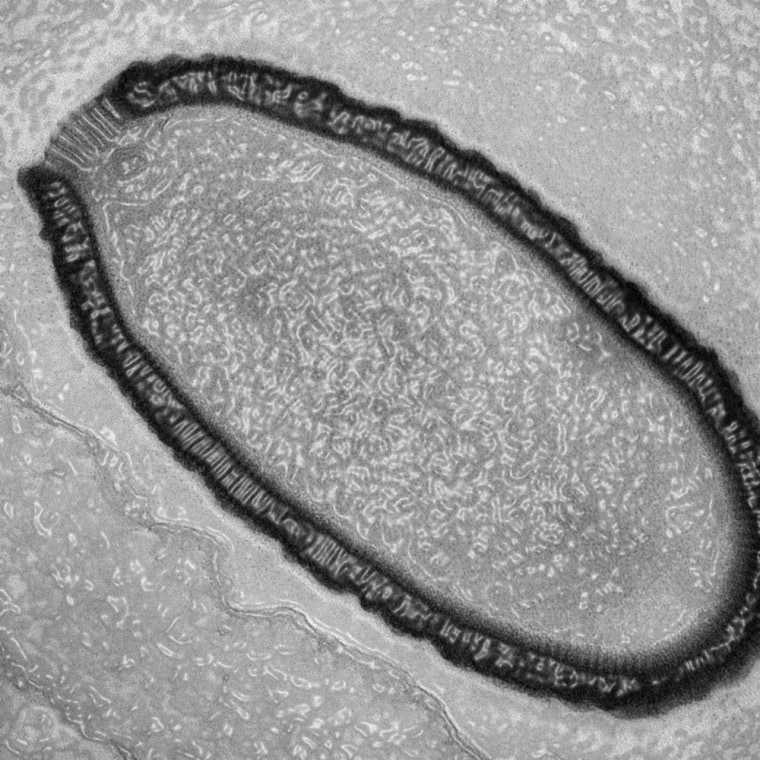A mysterious giant virus buried for 30,000 years in Siberian permafrost has been resurrected.
The virus only infects single-celled organisms and doesn't closely resemble any known pathogens that harm humans.
Even so, the new discovery raises the possibility that as the climate warms and exploration expands in long-untouched regions of Siberia, humans could release ancient or eradicated viruses. These could include Neanderthal viruses or even smallpox viruses that have lain dormant in the ice for thousands of years.
"If they have been extinct for a long time, then our immune system is no longer prepared to respond to them." study co-author Jean-Michel Claverie, a bioinformatics researcher at Aix-Marseille University in France, wrote in an email.
In recent years, Claverie and his colleagues have discovered a host of giant viruses, which are as big as bacteria but lack characteristic cellular machinery and metabolism of those microorganisms. [Tiny Grandeur: Stunning Images of the Very Small]
In the researchers' hunt for more unknown pathogens, they took a second look at permafrost samples collected from Kolyma in the Russian Far East in 2000. Because the permafrost was layered along steep cliffs, drillers could extract samples from 30,000 years ago by drilling horizontally into the ice, thereby avoiding contamination from newer samples.
The team then took samples of this permafrost and put them in contact with amoebas (blob-like single-celled organisms) in Petri dishes. The researchers then waited to see what happened.
Some of the amoebas burst open and died. When the scientists investigated further, they found a virus had killed the amoebas. This pathogen belongs to a previously unknown family of viruses, now dubbed Pithovirus. It infects only amoebas, not humans or other animals.
The findings were published Monday in the Proceedings of the National Academy of Sciences.
— Tia Ghose, LiveScience
This is a condensed version of a report from LiveScience. Read the full report. Follow Tia Ghose on Twitter and Google+. Follow LiveScience on Twitter, Facebook andGoogle+.
